Are you worried about your brand’s new adult toy shipment getting stuck at the border? The thought of customs delays, unexpected fines, and frustrated customers can be a nightmare for any business owner. Getting international export right is the key to unlocking smooth, reliable global growth for your brand.
Mastering international exports requires a focus on four key areas: accurate product classification with the correct HS codes, meticulous preparation of all required customs documents (like the commercial invoice and packing list), full compliance with the destination country’s specific regulations (such as CE or FDA), and partnering with an experienced manufacturer who understands these complexities. Getting these elements right ensures your products clear customs without costly delays or legal issues, building a trustworthy global brand.
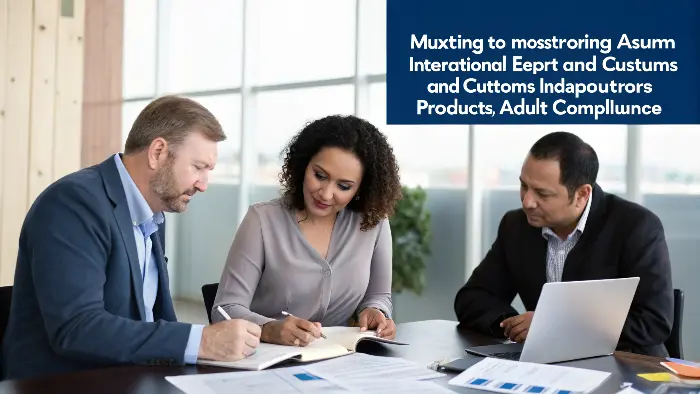
Getting the basics right is just the start. I’ve spent years navigating these waters, and I know that success comes down to understanding the details. Let’s break down exactly what you need to know to ship your products without any headaches. It’s much simpler than you might think when you have the right information and the right partner by your side.
What are the four (4) Ws of export compliance?
Feeling overwhelmed by the complex rules of international shipping? It’s a common feeling, but a small mistake in your paperwork can lead to huge problems like seized shipments and angry customers. The good news is you can simplify the entire process by focusing on the "Four Ws" of compliance.
The Four Ws of export compliance are a simple framework to ensure you cover all your bases. You must know: 1) What you are exporting (the specific product and its classification), 2) Where it is going (the destination country and its unique laws), 3) Who will receive it (the end-user), and 4) What they will do with it (the end-use). Answering these four questions is the foundation of every successful international shipment.
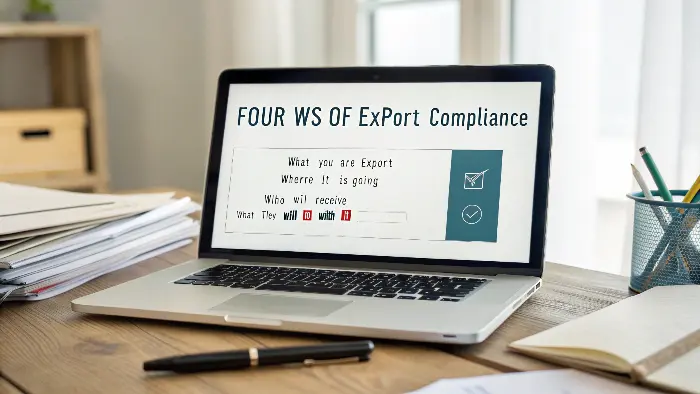
These four questions form the backbone of your responsibility as an exporter. At first glance, they seem simple, but each one has layers of detail that customs officials will scrutinize. As a manufacturer, I deal with these questions every single day for my clients. Let’s go deeper into what each "W" really means for your adult product brand.
What are you exporting?
This is about more than just writing "adult toy" on a form. Every product needs a specific Harmonized System (HS) code. This is a universal code that customs officials use to identify and classify goods. For example, a vibrator is often classified under HS code 8543.70 as an "electrical machine with an individual function." Getting this code wrong is one of the most common and costly mistakes. It can lead to your shipment being re-classified, which means you’ll face delays and likely pay a different duty rate than you expected. We always work with our clients to determine the most accurate HS code for their unique products to ensure a smooth process.
Where is it going?
The destination country dictates the rules. You can’t assume that a product compliant in the USA will be compliant in the European Union. For example, shipments to the EU require CE marking to certify that the product meets health, safety, and environmental standards. They also need to comply with RoHS (Restriction of Hazardous Substances) and REACH regulations, which control the chemicals used in the product. In the US, the materials used, especially body-safe silicone, might fall under FDA oversight. We take on the responsibility of knowing these different requirements, so you don’t have to be an expert on every country’s laws.
Who is the end-user and what is the end-use?
These last two "Ws" are about due diligence. You need to know who is ultimately buying your product. This involves screening recipients against government-maintained "denied party lists" to ensure you aren’t exporting to individuals or companies that are legally barred from receiving goods. For adult products, the "end-use" is usually straightforward—it’s for personal pleasure and wellness. However, formally confirming this is a standard part of the compliance process that shows you are a responsible exporter who is not enabling any illegal activities.
What is export in compliance with statutory requirements?
Have you ever wondered what it really means to follow all the "rules" when you export? The term "statutory requirements" sounds intimidating and legal, like something only lawyers should handle. This thinking can cause brand owners to overlook their own responsibilities, leading to serious compliance failures down the road.
Exporting in compliance with statutory requirements simply means you are following all the official laws, regulations, and statutes of both the country you are exporting from (like China) and the country you are importing to (like the USA or a country in Europe). It covers everything from having the right export license to ensuring your product meets the destination market’s specific safety and electronic standards. It is not optional; it is the law.
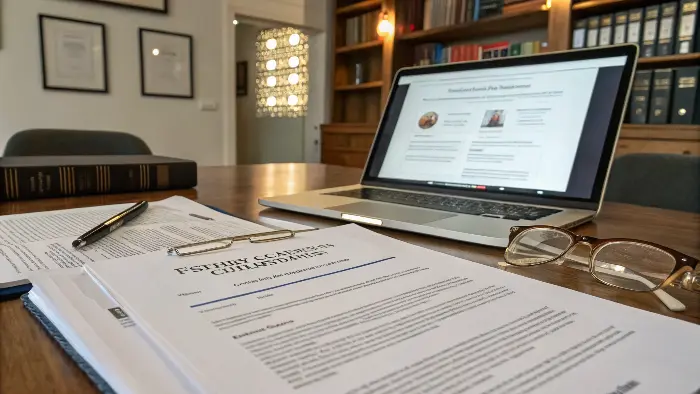
Think of statutory requirements as a two-way street. You have responsibilities on my end, here in China, and responsibilities on your end, in your home country. A good manufacturing partner should handle the first part, but you need to be aware of both to ensure nothing is missed. I remember a client who was launching a new vibrator with a Bluetooth feature. They focused entirely on the CE mark for product safety but almost forgot about the FCC certification required by the US for any device that emits radio frequencies. We caught it during our pre-production checklist. It’s these small details that define a compliant export.
Let’s break down the requirements for each side of the transaction.
Exporting Country Requirements (China)
As your manufacturer, this is our territory. Before your products can even leave the factory and head to the port, we have to comply with Chinese export laws.
- Export License: We must have the proper authority from the government to export goods. This isn’t something you as the brand owner need to secure, but you should always verify that your manufacturing partner is licensed.
- Customs Declaration: We prepare and submit a detailed declaration to China’s customs authority. This document lists the HS code, product value, quantity, and destination. All information must match the commercial invoice perfectly.
- Commodity Inspection: Depending on the product, Chinese authorities may require an inspection to ensure it matches the declaration. We manage this process to prevent delays.
Importing Country Requirements (Your Home Market)
This is where your knowledge of your local market is crucial. You need to inform us of the specific standards your products must meet.
- Product Safety Standards: This is the big one. For Europe, it’s the CE mark. For the UK, it’s the UKCA mark. These prove your product is safe.
- Material and Chemical Regulations: The EU’s REACH regulation restricts certain chemicals, while California’s Prop 65 requires warnings for others. Your products must use compliant materials, like body-safe silicone.
- Electronic and Wireless Compliance: If your product has a motor, battery, or Bluetooth, it needs to meet electronic standards. This includes FCC in the US (for wireless) and EMC/LVD directives in the EU (for electrical safety).
- Packaging and Labeling: Many countries have specific rules about what must be on the label, such as country of origin, material composition, or recycling symbols (like the WEEE directive in the EU).
What are the requirements for customs compliance?
You’ve designed a great product and are ready to sell it worldwide. But now you face customs, a gatekeeper that can seem unpredictable and demanding. If you don’t give them exactly what they need, your shipment can get stuck in limbo for weeks, racking up storage fees and disappointing your customers.
The core requirements for customs compliance are centered on perfect documentation. You must provide a complete and accurate Commercial Invoice, a detailed Packing List, and a Bill of Lading (for sea freight) or Air Waybill (for air freight). These documents must be consistent, declare the true value of the goods, and include the correct product classification (HS code) to ensure a smooth clearance process.
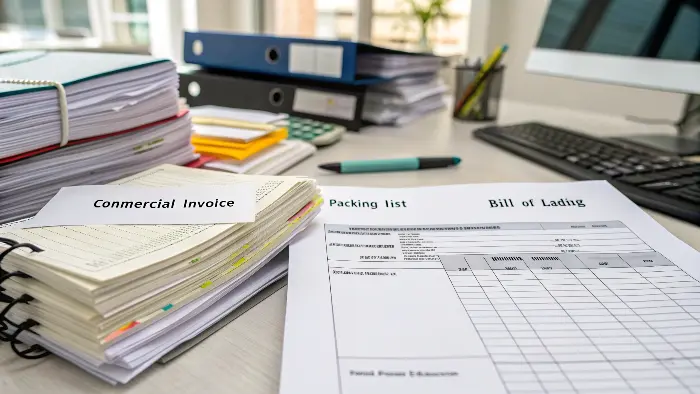
I often tell my clients that for customs officials, your products don’t exist without the right paperwork. The documents tell the entire story of the shipment, and if there are any inconsistencies, it raises a red flag immediately. Think of it as a passport for your products. A single error on the "passport" can get it denied entry. Let’s look at the essential documents and why getting them right is non-negotiable for keeping your supply chain moving.
The Three Essential Documents
These three documents are the foundation of every single international shipment. They must be prepared perfectly and match each other.
| Document | Its Purpose | Key Information to Include |
|---|---|---|
| Commercial Invoice | The bill for the goods. Used to determine duties and taxes. | Your business info, your customer’s info, detailed product descriptions, quantity, unit price, total value, HS codes, and Incoterms (shipping terms). |
| Packing List | A detailed inventory of the shipment. | What’s in each box, the number of boxes, dimensions and weight of each box, and total shipment volume and weight. |
| Bill of Lading / Air Waybill | The contract between you and the shipping carrier. | Shipper and consignee addresses, ports of loading and discharge, vessel name or flight number, and description of goods. |
Accurate Product Valuation
One of the biggest temptations for new importers is to ask the manufacturer to declare a lower value on the commercial invoice to pay less in import duties. This is a terrible idea. Customs officials are experienced and use databases to check the typical values for products from different countries. If they suspect you are undervaluing your goods, they can seize the entire shipment, issue heavy fines, and flag you for intense scrutiny on all future imports. Honesty and transparency are always the best policy. It builds trust and ensures you don’t start your business with a black mark against your name.
Supporting Certificates and Declarations
Beyond the main three documents, your shipment will likely need other certificates depending on the product and destination. For adult toys going to the EU, you will absolutely need a Declaration of Conformity, which is the official document stating the product complies with all relevant CE directives. You might also need a Certificate of Origin to prove the goods were manufactured in China, which can sometimes affect duty rates under certain trade agreements. We help our clients prepare a full document package, ensuring every required certificate is present and correct before the shipment leaves our facility.
How do you ensure compliance with international trade regulations?
Knowing all the rules is one thing, but how do you actually put it all into practice and ensure every single shipment is compliant? It feels like a full-time job, and if you’re focused on marketing and growing your brand, you can’t be buried in compliance paperwork. The stress of missing one small detail can be paralyzing.
The most effective way to ensure ongoing compliance is to build a reliable system. This involves three key steps: 1) Choosing a manufacturing partner who treats compliance as a core service, not an afterthought. 2) Creating a simple internal checklist for every order to verify key compliance points. 3) Maintaining clear and open communication with your partner about the specific requirements for your target market from the very beginning.
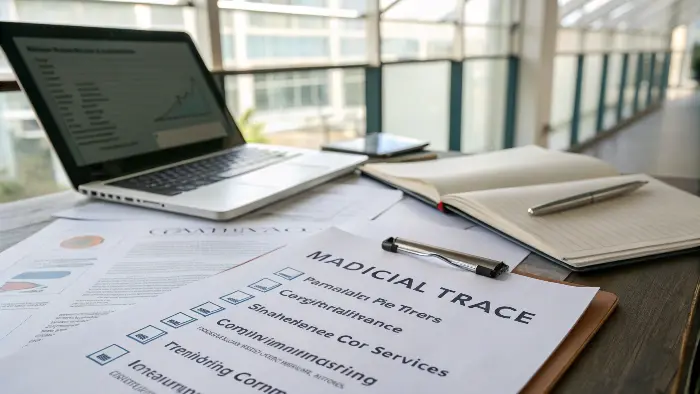
Ultimately, you can’t do it all alone. Compliance is a team sport, and your most valuable player is your manufacturer. For years, I’ve seen brands succeed or fail based on the strength of their supply chain partnership. A factory that just takes an order and ships it out is a liability. A partner who asks the right questions and helps you navigate the rules is an asset that will pay for itself a hundred times over. Let’s explore the practical steps you can take to build a bulletproof compliance strategy.
Choose the Right Partner, Not Just the Cheapest Factory
This is the single most important decision you will make. When you interview potential manufacturers, don’t just ask about price and lead times. Ask them about their experience exporting to your specific country. Ask them to show you examples of CE or FCC certificates they have helped other clients obtain. At PrivyPlay, we consider compliance part of the service. We have a dedicated team that handles documentation and stays up-to-date on changing regulations. We see it as our job to protect our clients’ investments by ensuring their shipments are compliant from day one. A low-cost factory that causes your first shipment to be seized will end up being the most expensive choice you ever make.
Develop Your Own Compliance Checklist
To feel in control, create a simple checklist for every purchase order. This empowers you and makes sure nothing gets forgotten. It doesn’t need to be complicated. It could be a simple spreadsheet that includes:
- Product Name: [e.g., The "Glow" Wand]
- Destination Country: [e.g., Germany]
- HS Code: [e.g., 8543.70 – Confirmed with PrivyPlay]
- Required Certifications: [e.g., CE, RoHS, WEEE]
- Certificate Status: [e.g., Received and verified]
- Packaging Labeling checked?: [e.g., Yes, includes CE and WEEE logos]
- Commercial Invoice Draft reviewed?: [e.g., Yes, value is correct]
This simple tool acts as a final check before you authorize shipment and helps you and your partner stay perfectly aligned.
Communicate Early and Often
Don’t wait until the products are finished to talk about compliance. Discuss it during the initial product development phase. If you’re creating a new toy, we need to know from the start that it needs to be RoHS compliant for the EU market, so we can source the right materials. If it needs to be FCC compliant for the US, we need to build that into the electronic design. Clear, upfront communication prevents costly and time-consuming changes later on. Think of us as an extension of your team. The more information you give us about your market’s needs, the better we can build a product that is not only great for your customers but also sails through customs.
Conclusion
Navigating international export compliance can feel complex, but it’s the foundation of a strong global brand. By focusing on accurate documentation, understanding the specific rules of your market, and choosing a manufacturing partner who is an expert in these matters, you can ship your products with confidence and avoid costly-delays.
